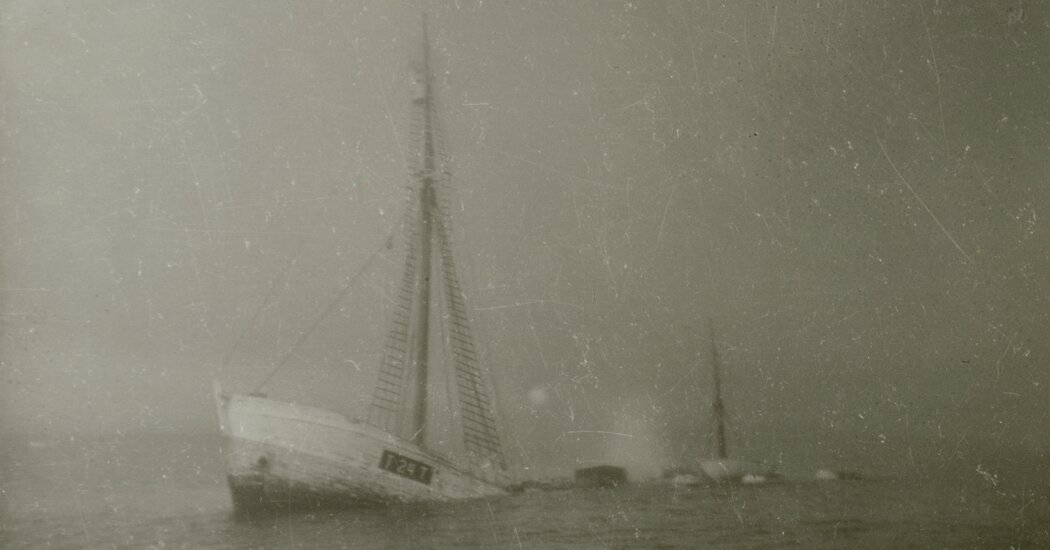Ernest Shackleton was sailing for Antarctica on the ship, called the Quest, when he died in 1922. Researchers exulted over the discovery of its wreckage, 62 years after it sank in the Labrador Sea.
Endurance, the ship that carried Ernest Shackleton on his ill-fated attempt to cross Antarctica in 1915, spawned one of the greatest survival stories in the history of exploration and now holds a revered place in polar history.
The discovery of its wreckage at the bottom of the Weddell Sea in 2022 put Shackleton back in the spotlight and rekindled interest in finding a lesser-known vessel, the Quest, which was carrying him back to Antarctica when he had a heart attack and died in 1922. The Quest sailed on for another 40 years until it sank on a seal-hunting voyage off Canada’s Atlantic coast in 1962.
On June 9, John Geiger, the leader of an expedition to find the Quest, saw an unusual shape pop up on his boat’s sonar detection screen as his research vessel floated off the coast of Newfoundland and Labrador. He knew almost immediately that a final discovery in the life of one of history’s most revered explorers had been made.
“This is the last big Shackleton event,” Alexandra Shackleton, the explorer’s granddaughter, said in an interview, referring to the discovery of the Quest. “There won’t be anything else as important as this.”
The expedition to find the Quest was led by the Royal Canadian Geographical Society, an educational charity of which Mr. Geiger is the chief executive, and cost 500,000 Canadian dollars, or about $365,000, according to a spokeswoman for the society. The Quest was the last missing artifact from the “heroic age of Arctic exploration,” said Martin Brooks, a Shackleton expert and the chief executive of Shackleton, an outdoor apparel company that offers trips that follow the explorer’s journeys.
But the Quest’s discovery didn’t come easily for the 23 voyagers who took part in the expedition to find it. The crew battled treacherous conditions, including dense fog and malfunctioning equipment, after they left the port of St. John’s on June 5. They scanned the ocean floor with their sonar systems for 17 grueling hours before finding the ship.
